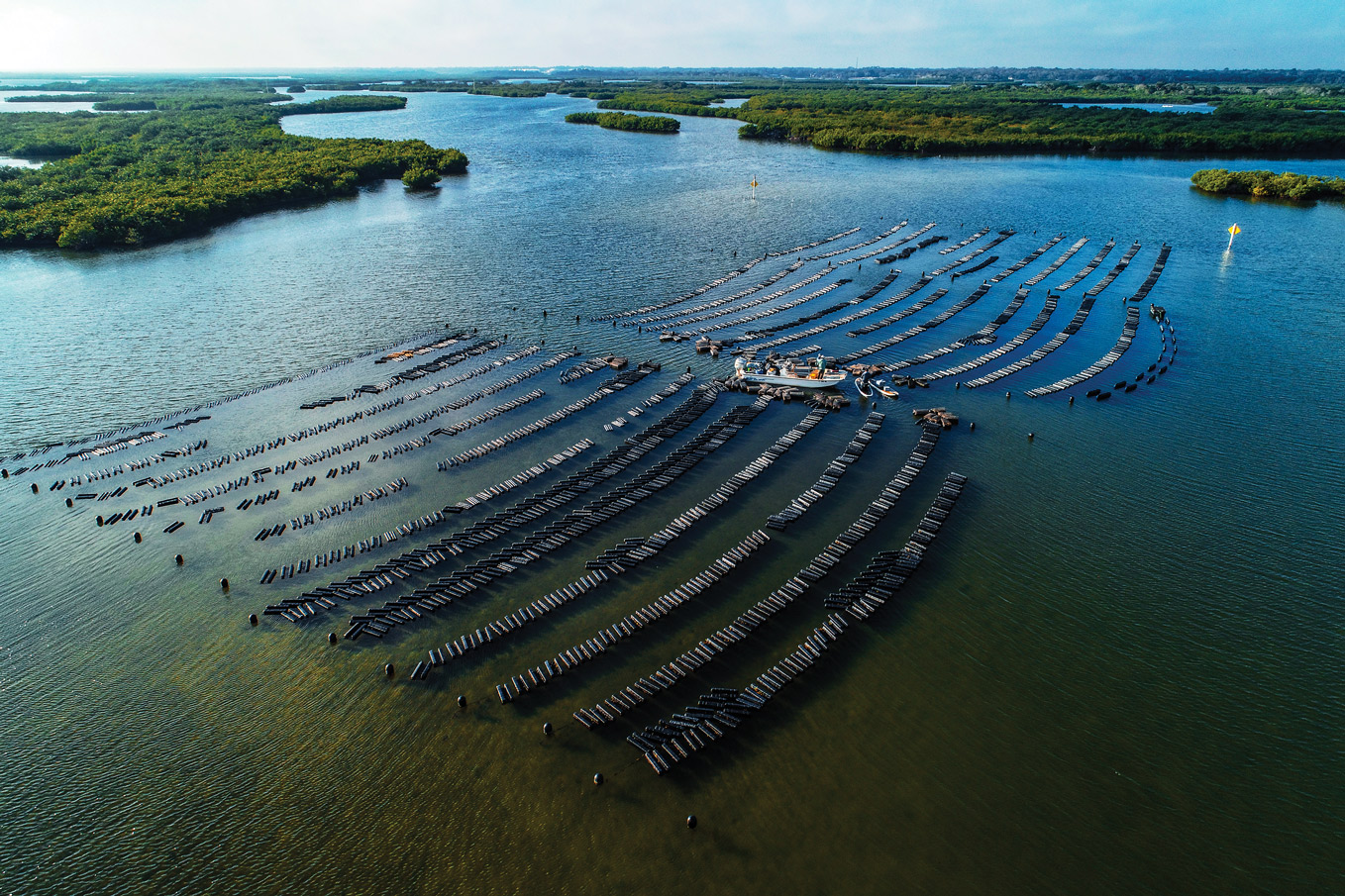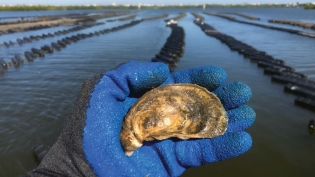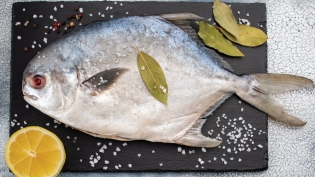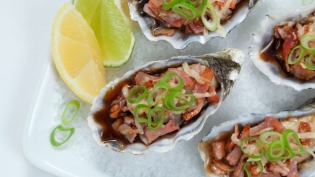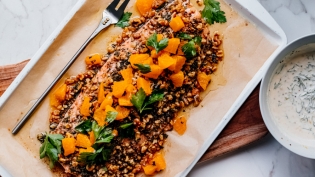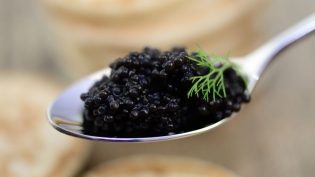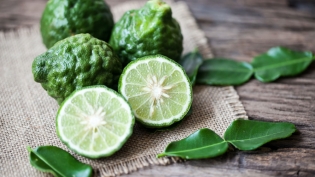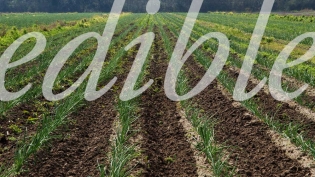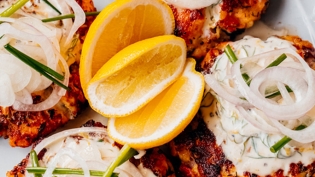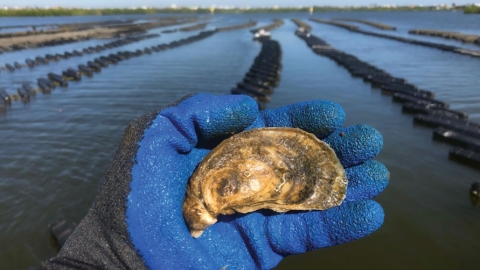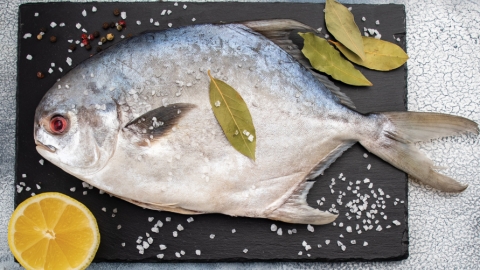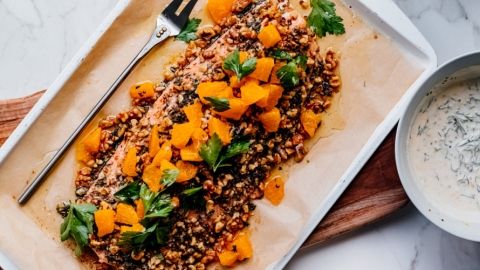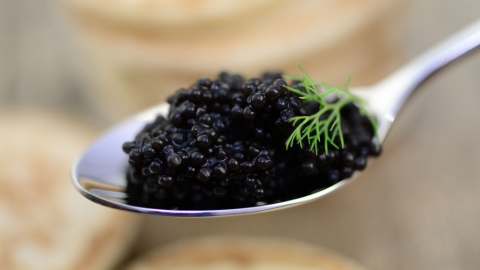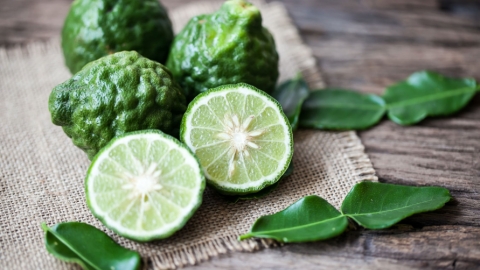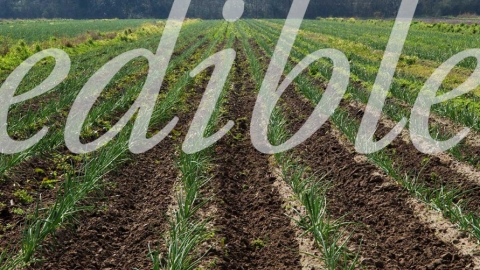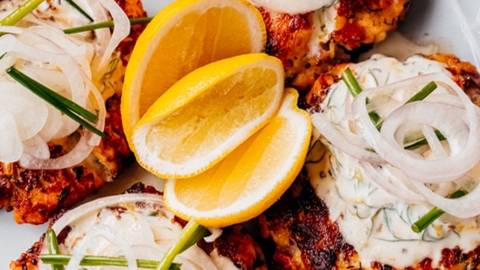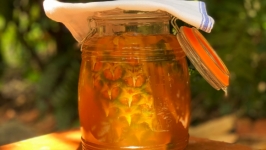Is Sustainable Seafood on Your Plate?
“Know your farmer, know your food” applies to aquaculture farmers, too.
“The oceans are tapped out,” says Dr. John Stieglitz of the University of Miami’s Rosenstiel School of Marine, Atmospheric and Earth Science. “We need more domestic products. Aquaculture offers a way to do that in a sustainable way. When done correctly, you know the entire life story of that fish.”
Sustainable seafood is defined by NOAA’s FishWatch as fish and shellfish caught by fishermen under management systems that conserve fish stocks and the ecosystems that support them. Imported seafood, which represents as much as 85% of the fish and shellfish eaten in the U.S., may not be as safe as domestic seafood for either the environment or consumers.
Both the animal and consumer are protected in the highly regulated U.S. aquaculture industry, particularly the shellfish industry, says Sarah Curry of Sereia Films, a seafood education nonprofit. “If you’re out at a restaurant in Florida, you should be able to find out exactly where an oyster or clam you’re eating is from. Restaurants are required to maintain the tags that show the location and date of harvest. Along the way to your plate, temperature control is paramount and checked often, to keep your seafood safe and tasty.”
Should I Eat This Seafood? The Answer: It’s Complicated
Need guidance on making ocean-friendly seafood choices? The Monterey Bay Aquarium’s Seafood Watch has been advising consumers and businesses for the past 20 years. Their guide, updated twice a year, rates seafood caught or farmed around the world using science-based criteria of environmental sustainability. They assess whether seafood is overfished or farmed in a way that hurts other marine life or the environment. Their recommendations rate species as Best Choice, a Good Alternative, or Avoid. Here’s what Seafood Watch says about some Florida species in its current guide:
Caribbean spiny lobster
This lobster caught by U.S. fleets in the Caribbean is listed as a Good Alternative, with caveats about habitat impacts caused by pots set close to coral reefs.
Florida stone crab
This popular winter delicacy is now an Avoid. Seafood Watch says the stock is likely experiencing overfishing and this fishery is known to catch or injure bottlenose dolphins. Pots are set on mud, sand and seagrass, and there are some seafloor impacts.
Hogfish
Also known as hog snapper, this is a Best Choice when caught in Florida’s Gulf of Mexico with hand implements, and a Good Alternative when caught in Florida’s Gulf with handlines and hand-operated pole-and-lines.
Lionfish
Two species of this invasive fish are listed as Best Choice. Fishery managers are promoting eating this mild-tasting fish, which is spreading in U.S. waters “among the most rapid and devastating invasions in history.”
Shrimp
In general, U.S. wild-caught shrimp is a Good Alternative, except for shrimp caught by particular vessels in the Gulf of Mexico outside of Florida waters because of concerns over use of turtle excluder devices.
Seafood Watch’s assessments are presented in such granular detail that consumers may not be able to find out exactly what they’re buying or ordering. For example, restaurant menus may not specify the water their seafood comes from, let alone the fishing method used to catch it or whether it was farmed.
Seafood Watch has come under fire from industry trade groups like the National Fisheries Institute, which took issue with their red-listing American lobster, also known as Maine lobster, because of threats posed to endangered North Atlantic right whales. They cite an assessment from FishWatch, operated by the National Oceanic and Atmospheric Administration (NOAA), describing U.S. wild-caught American lobster as a “smart seafood choice because it is sustainably managed and responsibly harvested under U.S. regulations.” FishWatch also offers fishwatch.gov, a searchable guide to marine fish harvested in U.S. federal waters and U.S. farmed fish.
Still, Whole Foods Markets, HelloFresh and Blue Apron stopped selling lobster from the Gulf of Maine in late 2022 because of Seafood Watch’s "Avoid" rating as well as similar concerns raised by the Marine Stewardship Council (MSC), a nonprofit that works to end overfishing around the world. The MSC, which issues blue labels on seafood that is certified to their sustainability standards, suspended its certification for the Gulf of Maine lobster fishery. The move brought criticism from industry officials and political leaders in Maine, the largest supplier of lobster in the United States. Maine governor Janet Mills joined with politicians to express disappointment with the decision, saying “Maine’s lobstering community has consistently demonstrated their commitment to protecting right whales.”
Sereia Films: Telling Seafood Stories
Like choosing to shop for fruits and veggies from your local farmer because they’re freshly harvested and you know who grew them, shopping for Florida-grown seafood makes a lot of sense. This is the message Sarah Curry brings to her short videos about sustainable seafood for her seafood education nonprofit Sereia Films. She’s also leads chefs on tours of aquaculture operations throughout Florida to show them firsthand the benefits of farmed domestic seafood.
“Most of these products have a much shorter supply chain (you can order Sun Shrimp directly to your house!), and the seafood you’re getting has just been harvested,” she says. “This means that fewer preservatives are added, you have a smaller carbon footprint and it’s going through fewer hands … which tends to mean the producer is able to make a bit more money for their product. This is important – farming quality seafood is hard work!"
Through her films, collaborations with Vizcaya, Slow Fish Miami and other groups, Curry makes a powerful case about buying farmed seafood, for the health of our oceans, our bodies, and the economy.


